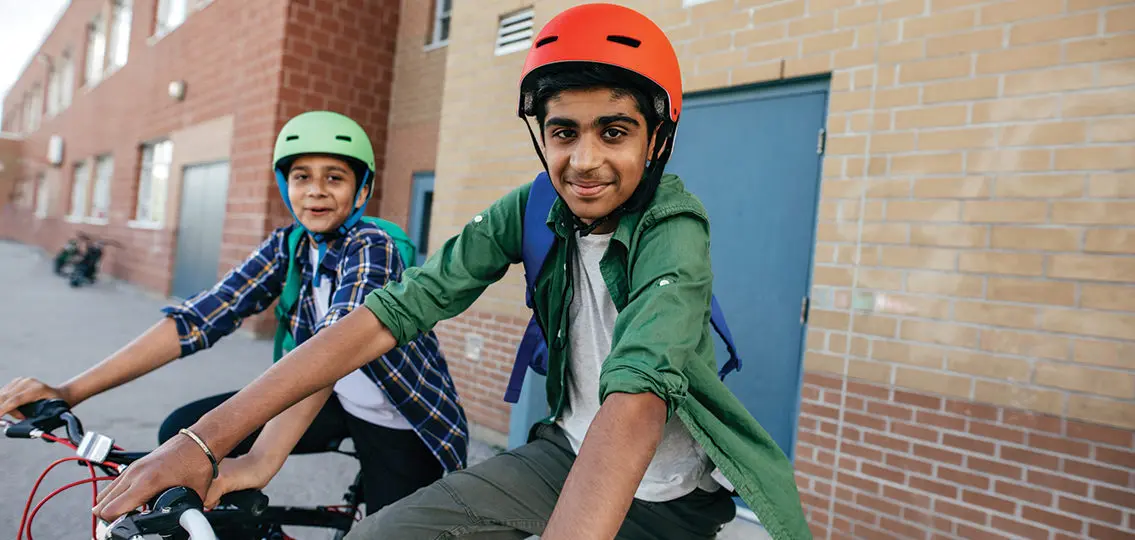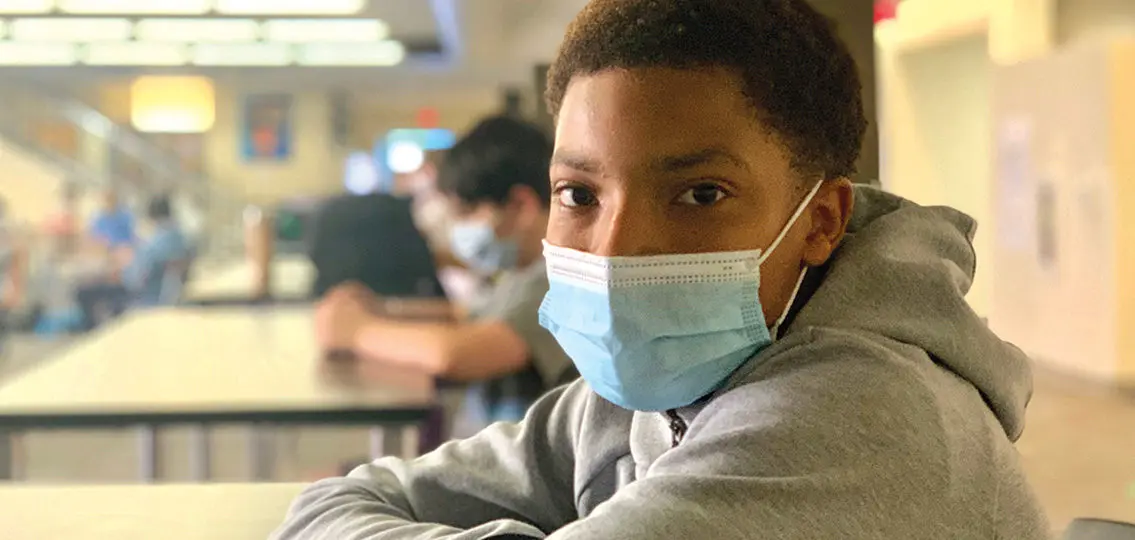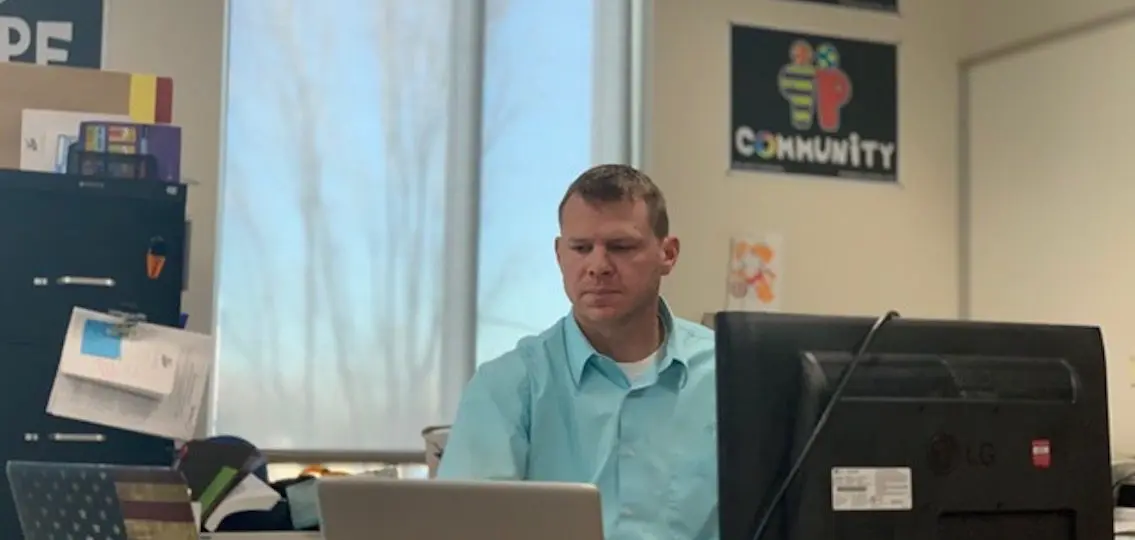Several months into distance and hybrid learning, teachers continue to work tirelessly to connect with their students. Here’s what they’ve learned about remote learning in middle school.

Technology Has Its Advantages
Technology in middle school has some positives and some drawbacks, as any parent of a middle schooler can tell you. Kids love it as a way to stay connected with their peers and be on top of the latest pop culture references, trends, and memes. Parents don’t love it when it becomes a distraction, particularly to their schoolwork. And now that much of that schoolwork is online, there seems to be no escape from screens. But here’s something savvy middle school teachers know: It is possible to use technology to keep them engaged in learning.
Middle school social studies teachers JC Lenk and Garth Holman are champions of this approach. Both are well known throughout their school district, Beachwood City Schools in Ohio, as being creative early adopters of technology as a learning tool. For years, they’ve utilized interactive map-building tools to help students learn about their world. Recently, they’ve taken things up a notch by using virtual reality to tour medieval castles and explore different cultures.
Not surprisingly, the digital natives have responded well to these innovations, which sound a bit more engaging than the film strips we grew up with. Says Lenk, “When you’re 12, you’re willing to try new things if you have someone excited and willing to help you.”
Relationships Remain a Priority
But when it comes to remote learning at home, even our tech-loving teens experience screen fatigue. “We’re only seeing our students in person about 37% of the time now, so we have to make sure technology during distance learning doesn’t create frustrations,” says Holman.
Holman, who is also the parent of teens, knows how critical relationships with teachers and peers can be for middle schoolers, and has seen how much these interactions are lacking.
“The biggest thing parents can do right now is reach out to teachers if they are concerned about anything, especially their child’s mental health. Some kids are so bored at home. Teachers know this and want to help. Any year is hard for middle schoolers, and this is a year like no other. This year is all about helping kids persevere.”
That’s why Lenk and Holman also try to incorporate connection-building activities into their remote sessions or office hours whenever possible. “I’ve had students pop into my online office hours for a few minutes just to see my dog,” says Lenk. “For a lot of students, school is a place to form relationships.”
| [adrotate banner=”126″] |
Parents Have a Role to Play
The middle school teachers recommend a few other ways parents can help make the remote learning experience go more smoothly. At the beginning of each school day, Holman suggests parents help out by encouraging teens to get organized before they log in, with books, papers, calculators, and pencils nearby. “It’s just another distraction if they have to find something.”
Establishing a consistent routine based on schoolwork, household chores, and extracurricular activities is also important, says Lenk, who notes that parent-student communication can keep the routine on course. “If your school posts assignments online, this is a great way to talk to your child about their day—either at the end of the day to review their schoolwork or to create a checklist at the beginning of the day.”
Last but not least, movement is a must. “Middle schoolers cannot just sit all day and stay focused. Have them take the dog for a walk, get the mail, something to get them off of computers and cell phones and get moving,” Holman says.

With any luck, we’ll soon get back to the usual middle school drama of where to sit in the lunch room. We miss that, right?





